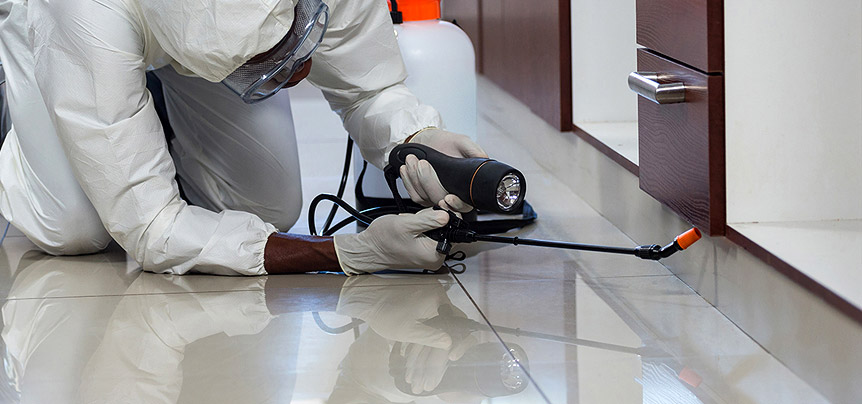We have beautiful homes, those that we spend a lot of time, money and effort in. It’s not great when you have to share your home with unwanted creatures. All of us some time or another face the problem of pests. We end up doing home remedies and killing them. But far from the sight doesn’t mean gone. The one big misconception people have is that they can eradicate the pretense of pests without the help of a pest exterminator park city Utah.
Identification of infestation source
Identification is important for all good pest controllers. You should keep in mind too, that identifying the source of infestation not only terminates the infestation all together but also helps in monitoring the invasion of new pests. Park city pest control does exactly just that. It’s not enough to kill the pests on your houses it’s necessary to exterminate them from their source and for that, a thorough identification is required.
Why home remedies are not the ultimate solution
Yes, spraying salt water on a colony of ants in your house makes them disappear. But have you ever thought where to? They get back in the source of their infestation and wait out, in fact, multiply in numbers and come back again sooner or later.
Just because you sprayed a cockroach repellent doesn’t mean that pesky little insect is gone. We can’t see them but they are always there, biding their time. That’s why you need park city pest control to identify the source of the infestation and keep your house pest free for you for years.
How to keep the identified source clean
Once you’ve identified the source and exterminated the pests with the help of park city pest control it is important to keep an eye on the source from time to time. If you’re living in a close proximity apartment the source might not be in your house but it’s still necessary to keep it thoroughly cleaned and checked.
Keeping the air condition clean, checking for water leaks in the plumbing system and maintaining any gutter area around your residence will keep you pest free for life.

 As the fall season quickly comes, winter is right behind it. Depending on who you listen to, it appears the majority consensus is that El Nino will be having a strong effect this winter, bringing possibly harsher and longer winter conditions. Whether you’re simply bringing in the lawn mower for the winter or a
As the fall season quickly comes, winter is right behind it. Depending on who you listen to, it appears the majority consensus is that El Nino will be having a strong effect this winter, bringing possibly harsher and longer winter conditions. Whether you’re simply bringing in the lawn mower for the winter or a  3) Check your equipment. Whether it’s simply the fuel or something more important as a skid steer or
3) Check your equipment. Whether it’s simply the fuel or something more important as a skid steer or 

